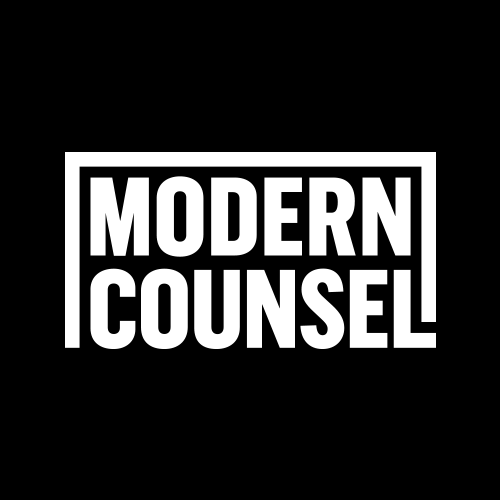When you count Harvard University and Tesla Motors among your partners, you need to stay on the cutting-edge of technology and innovation.
Since the company went public in November 2015, its stock price has increased. Even so, for Instructure, its initial public offering (IPO) was a milestone without change.
The IPO means independence and more cash for the company, but company leaders say the technology that defines Instructure will not change except to stay current. Through the IPO, the education technology company aims to be the industry leader against stiff competition against companies such as Blackboard.
Chief Executive Officer Josh Coates always wanted the company to have an IPO. But while company leaders for the right time to offer it, Instructure focused on innovating products like Canvas and Bridge, says Matt Kaminer, senior vice president, general counsel, and secretary of Instructure.
The IPO was a means to keep the company independent, which is a key component of Instructure’s mission. “We looked at our competitors, and we wanted to make sure that we could continue to drive forward to build our software and deliver our mission,” Kaminer says. By having an IPO, the company could raise money to continue investing in new projects.
Going public also allows Instructure to follow an open-source model in which any user can download Canvas from a software repository called GitHub. It was important for Instructure to keep this model because the company has always emphasized open access to its products.
Competitor Blackboard also offers open-source learning management systems, but Kaminer says he’s not worried about them or any other competitor.
Both before and after Instructure went public, the company’s focus has been on executing, delivering, and making software that makes people smart, company leaders say. Many educational agencies look to an IPO as a sign of stability, and major universities tend to be conservative in spending, Kaminer says, so they look for companies with stability.
Our mission is the same. What we do is the same. We are just here focused on building a company that’s great and making software that makes people smarter.”
Instructure focuses on four areas of growth, according to its IPO prospectus, which are all part of expanding its customer base with Canvas and Bridge.
Canvas launched in 2011 as an adaptable learning management system for higher education, while Bridge utilizes technology for corporate markets.
Bridgepoint recently launched a beta test of the video platform Arc. If tests go well, Arc, which allows customers to leverage and manage video, will tentatively be available for Canvas members. It will also allow for collaboration and feedback.
Kaminer says work becomes more interesting after the IPO is completed. He currently works on how the company can advance the training program by working closely with the internal communications team to establish training and insider training education for employees and board members. He’s been able to use Bridge to deliver legal training to the company and it’s board members. As the company grows each year, Kaminer wants to improve on its processes by using data to drive that approach instead of throwing bodies at the growth, he says. He’s not going to get a lawyer every time they increase its sale set.
At the end of the day, Kaminer’s role is to reduce the risk for the company. For him this has less to do with an IPO and more to do with building strong relationships and trust with company employees. He wants legal to be involved in business decisions, so the company starts off on the right footing.
“From my perspective on the executive team, I think offering an IPO has been really uneventful,” Kaminer says. “Things haven’t changed, which—to me—is a great thing. Our mission is the same. What we do is the same. We are just here focused on building a company that’s great and making software that makes people smarter. I think the IPO was a box to check off. We’ve done that, now let’s continue on with our mission.”


